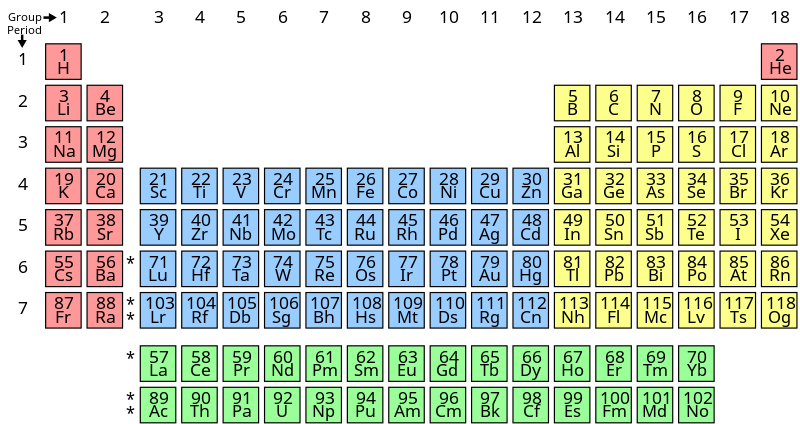

Visual Studio 2019 version 16.5 Release Notes.Visual Studio 2019 version 16.6 Release Notes.Visual Studio 2019 version 16.7 Release Notes.Visual Studio 2019 version 16.8 Release Notes.Visual Studio 2019 version 16.9 Release Notes.Visual Studio 2019 version 16.10 Release Notes.Visual Studio 2019 version 16.11 Release Notes.Update Visual Studio 2019 to the most recent release.Īlso, see instructions on how to install offline.

For instructions on installing and updating Visual Studio 2019, see the Let’s look at some other basic time signatures.Watch the recordings of the Visual Studio 2022 launch event to learn about what's new, hear tips & tricks, and download free digital swag.Ĭlick a button to download the latest version of Visual Studio 2019. In this way, we can work out any basic time signature and how it is different or similar from all the others. And that’s because each dotted quarter notes subdivides naturally into three eighth notes. It is duple because it has 2 beats per bar and it is compound because each of those beats can subdivide naturally into 3 parts. We also saw that 6/8 is a compound duple meter: it consists of two dotted quarter note beats in every bar. And that’s because every one of those quarter note beats can subdivide naturally into two eighth notes. It is triple because it has 3 beats per bar and it is simple because each of those beats can subdivide naturally into 2 parts. Figure out whether a time signature is duple, triple or quadruple AND figure out whether it is simple or compound.įor example, we saw that 3/4 is a simple triple meter: it consists of three quarter note beats in every bar.

These 2 ways together are what you need to recognise the differences between basic time signatures. This depends on the lower number of the time signature.

And by whether the beats are naturally divisible by 2 (simple meters) or naturally divisible by 3 (compound meters).This is what the top number of the time signature represents. By the amount of beats in every bar: 2 beats in every bar (duple meter), 3 beats in every bar (triple meter) or 4 beats in every bar (quadruple meter).If you’ve followed carefully up till now, you probably noticed that I described time signatures in two ways: And finally, let’s have a look at the nursery rhyme “Pop! Goes the Weasel”. The 6/8 rhythm gives the melody a ‘skipping’ or ‘hopping’ character.


 0 kommentar(er)
0 kommentar(er)
